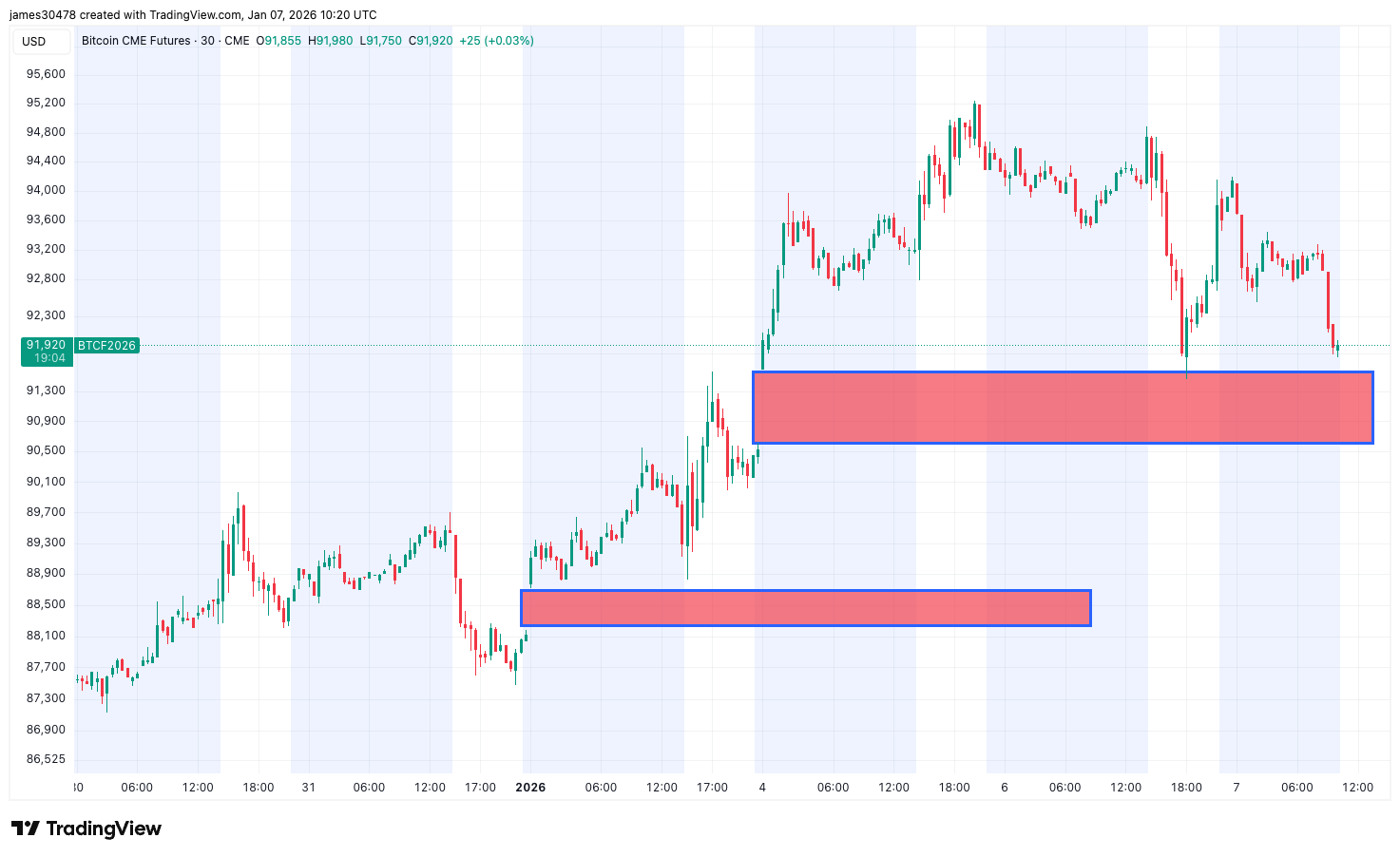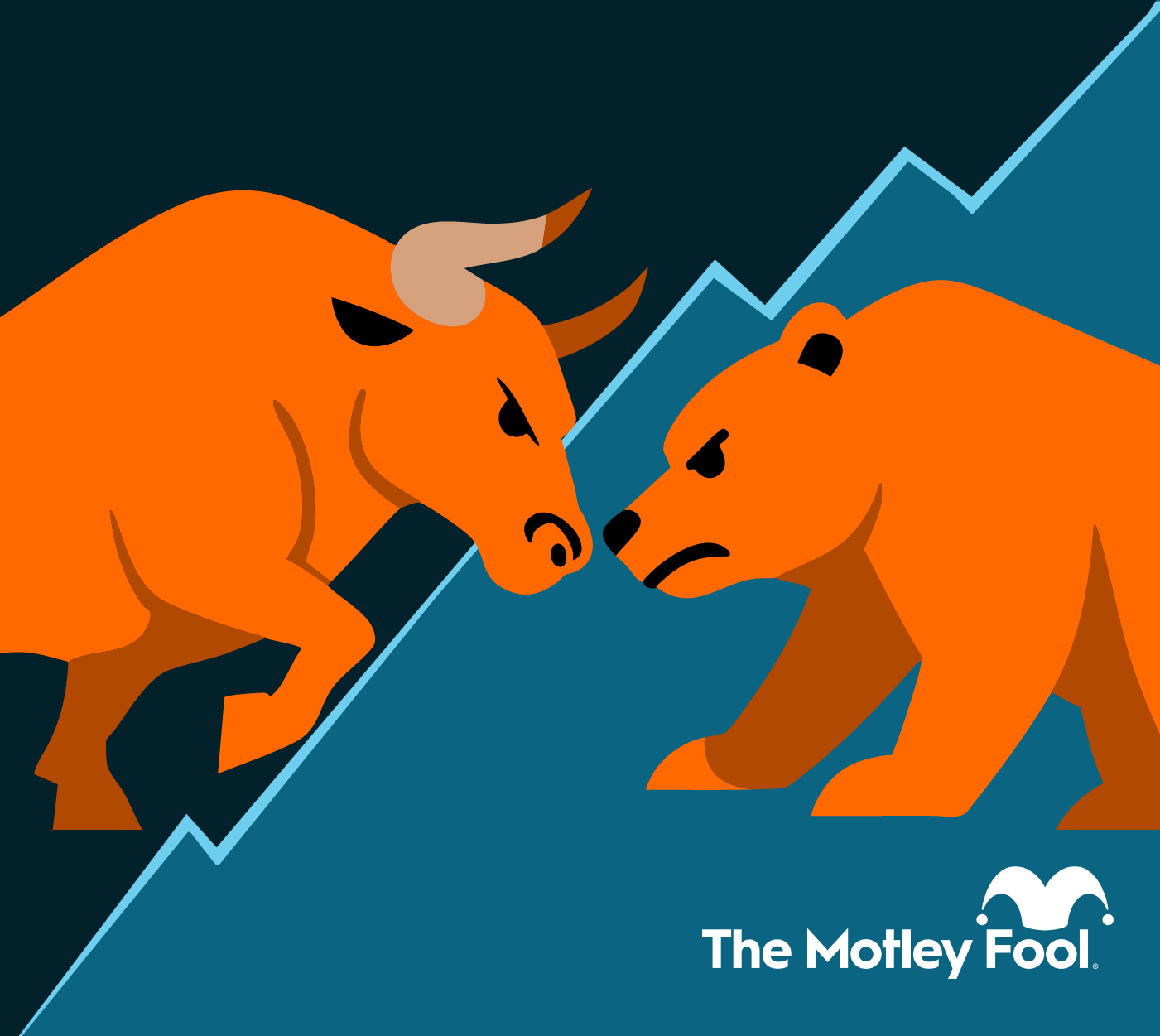Bitcoin’s Chaotic Waltz: Will the $91K Abyss Swallow It Whole? 💸🌀

Bitcoin’s descent to $91,000 feels less like a market move and more like a cursed scroll down a rabbit hole. 🕳️🐇 The CME’s weekend gap-a mere 1,000 pips of despair-awaits like a trapdoor in the floor of Wall Street’s grand theater.



